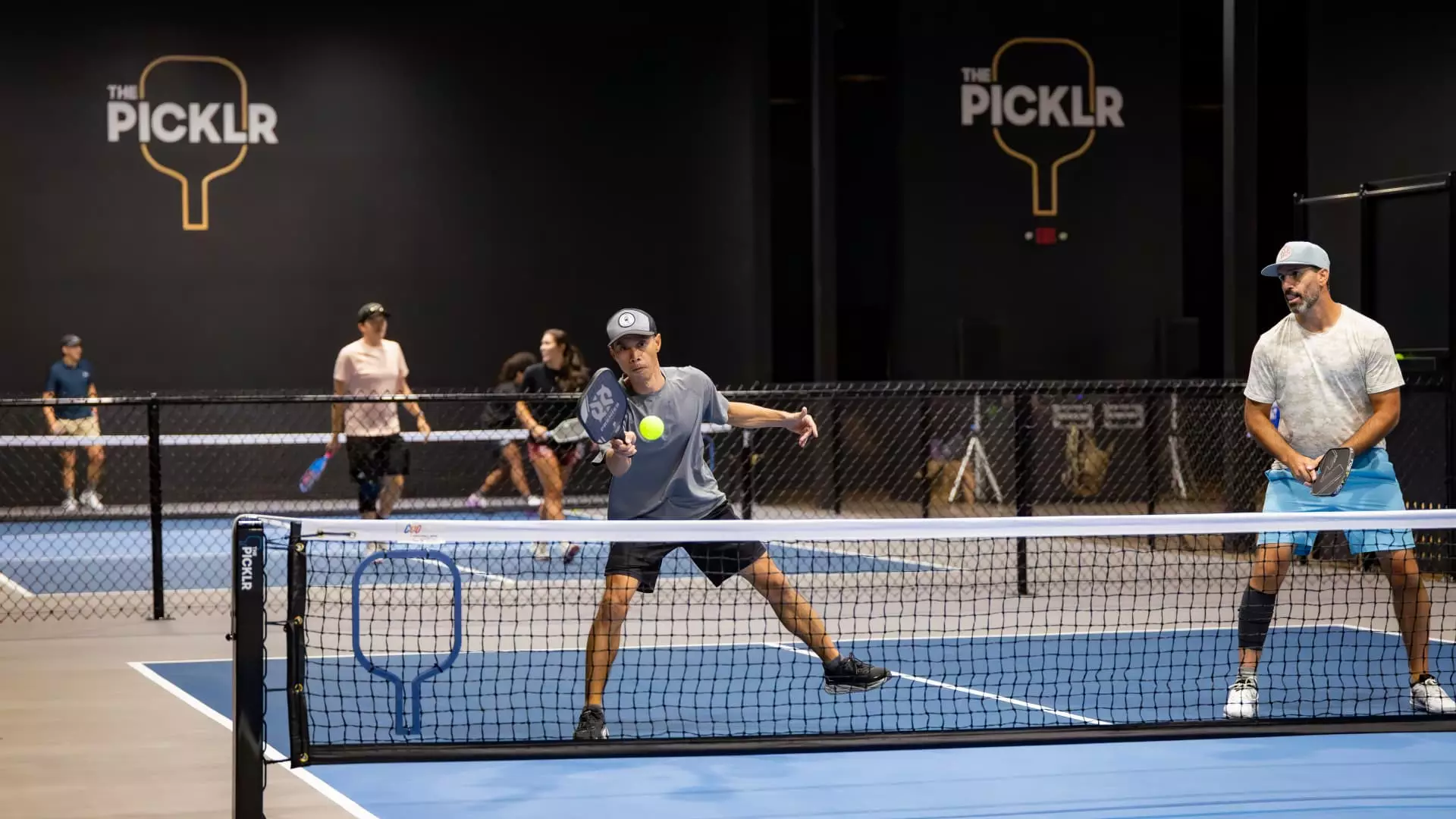The arrival of the world’s largest pickleball franchise, The Picklr, in Japan signifies more than just an entry into a new market; it’s a calculated pivot fueled by a staggering boom in the sport. Over the next five years, The Picklr plans to plant its flag at 20 new locations throughout Japan, a move facilitated through a partnership with Nippon Pickleball Holdings. This aggressive expansion reflects not just the company’s ambition but also the cultural and sporting shifts occurring within Japan—a nation poised on the brink of a pickleball revolution.
For those unfamiliar, pickleball may seem like a mere novelty, but it has transcended this classification, blossoming into what we can confidently call a cultural phenomenon. Participation in pickleball has surged by 223% in just three years, positioning it as the most rapidly proliferating sport for several consecutive years. In the U.S. alone, there are over 20 million players, a testament to its appeal and accessibility, making it a prime candidate for infiltration into foreign markets.
A Strategic Play: Why Japan?
The choice of Japan as the first international target is far from incidental. CEO Jorge Barragan emphasizes Japan’s readiness for this influx of sport. This readiness is anchored in the nation’s commitment to health, community, and a strong affinity for racket sports. Unlike Western markets, where sports often fall into the trap of ultra-competitiveness, Japan has the unique ability to appreciate the community-centered aspect of pickleball. Barragan’s vision involves more than just selling a franchise; it’s about nurturing a sport that parallels Japan’s cultural values.
Additionally, The Picklr’s membership model offers a novel community-driven approach to engagement. Each club is projected to attract between 500 to 700 members, fostering social ties and support networks within a framework that’s both inclusive and competitive. By establishing facilities in retail, office, and light-industrial buildings, The Picklr isn’t just creating playoff courts; it is curating experiences that resonate with people’s daily environments, dovetailing seamlessly into their lives.
Opportunity Knocks: Insights on Global Trends
The trajectory of pickleball doesn’t stop at Japan; it mirrors a global shift toward sports that harness community engagement while promoting health and wellness. Barragan’s comments about the ongoing interest he’s receiving—over 220 leads each month—point to a worldwide trend embracing this sport with open arms. Virtually every continent is catching the “pickleball bug,” and the professional leagues are demonstrating this appetite for international expansion as well.
What Barragan and others seem to overlook, however, is the potential for pitfalls. With rapid growth comes the risk of saturating the market and diluting the essence of pickleball, which thrives on its community spirit. If franchise operations expand too quickly without addressing the essence of what makes pickleball enjoyable, the sport could lose its appeal and become just another commercial venture—devoid of its core values and community connections.
The Future Landscape: Prospects and Challenges
As the first Picklr facility opens in Japan’s Tokyo metro area, the challenges will undoubtedly arise. The culture surrounding sports in Japan is distinct and often steeped in traditions that merit respect. The Picklr must navigate these waters with sensitivity while actively promoting an inclusive alternative to Japan’s more traditional sports.
Also, The United Pickleball Association’s plans for international expansion into Australia, India, and Europe illustrates a burgeoning global sports ecology that seeks to nurture and grow its roots. Yet, one cannot help but question—will these regions embrace pickleball wholeheartedly, or will they approach it with the skepticism often reserved for “foreign” sports?
It is crucial for The Picklr to understand that successful integration into Japan—and ultimately the broader Asian market—requires more than just creating clubs; it demands a sincere engagement with local values, customs, and existing sports dynamics. The power of community, authentic participation, and shared experiences could prove to be the most significant factor in the success or failure of this ambitious venture. The next few years will be critical in determining whether the pickleball phenomenon is a sustainable trend or merely a flash-in-the-pan hype in the annals of sports history.

